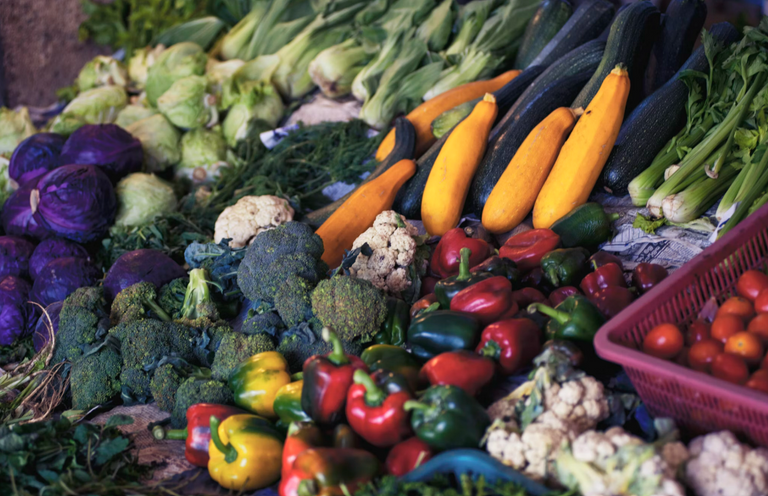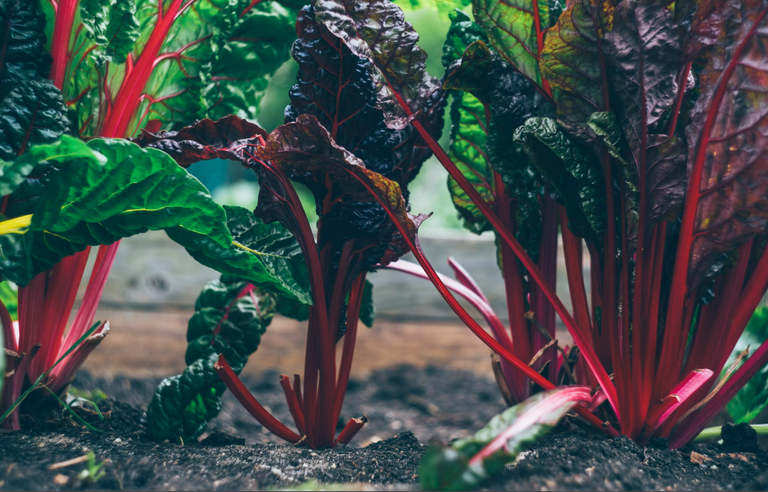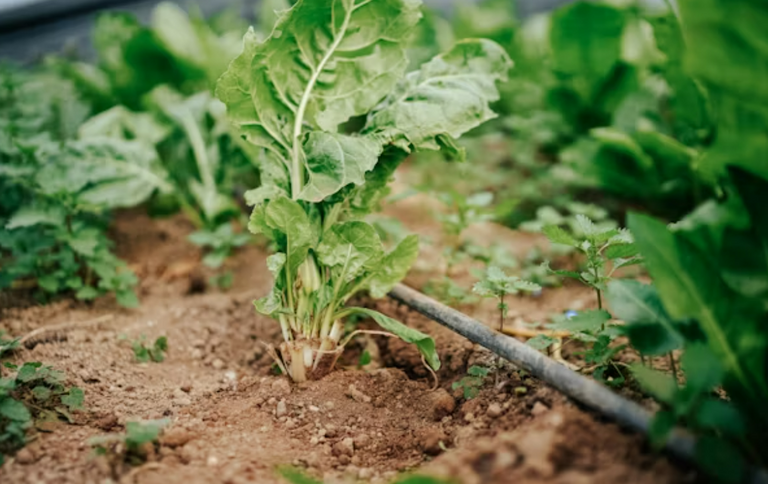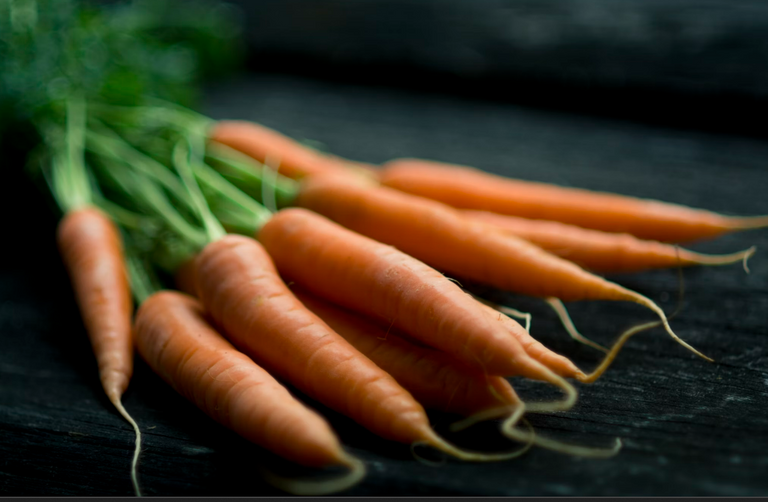Growing your own organic vegetable garden is one of the most rewarding and healthy activities you can do at home. Not only do you get access to fresh, chemical-free vegetables, but it also helps you save money, reduce stress, and contribute to a greener environment. Whether you have a large backyard, a small balcony, or just a few pots, you can start growing your own food with ease.
In this detailed guide, we’ll cover everything from choosing the right vegetables and preparing the soil to planting, watering, and maintaining your organic garden. 🌿✨
🌍 Why Should You Grow an Organic Vegetable Garden?
✔ Healthier & Chemical-Free Food – No pesticides or synthetic fertilizers, just fresh, organic veggies.
✔ Saves Money – Homegrown vegetables cost less than store-bought organic produce.
✔ Eco-Friendly – Reduces carbon footprint and food wastage.
✔ Therapeutic & Stress-Relieving – Gardening is a great way to relax and connect with nature.
✔ Better Taste & Nutrition – Homegrown veggies taste richer and retain more nutrients.
🛠️ Step 1: Choosing the Right Location for Your Garden
Your vegetable garden needs the right spot to thrive! Here’s what to consider:
☀ Sunlight: Most vegetables require 6-8 hours of direct sunlight daily. Choose a sunny spot in your yard, balcony, or windowsill.
💨 Good Airflow: Avoid cramped spaces. Plants need fresh air to stay healthy.
💧 Water Access: Ensure your garden is close to a water source for easy irrigation.
🪴 Space Consideration: Even if you don’t have a garden, you can grow vegetables in containers, raised beds, or vertical gardens.
🌱 Step 2: Selecting the Best Vegetables to Grow
If you're a beginner, start with easy-to-grow vegetables that require minimal maintenance.
Best Vegetables for Beginners:
🥬 Leafy Greens – Spinach, Lettuce, Kale (Fast-growing & nutrient-rich)
🍅 Tomatoes – Thrives in pots or gardens, great for beginners.
🥕 Carrots & Radishes – Root veggies that grow easily in loose soil.
🫑 Bell Peppers & Chilies – Easy to grow in containers.
🧄 Onions & Garlic – Require little attention, perfect for home gardens.
🫘 Beans & Peas – Nitrogen-fixing plants that enrich the soil.
🏗️ Step 3: Preparing the Soil for Organic Gardening
Healthy soil = Healthy plants! Organic gardening starts with nutrient-rich soil.
✔ Test Your Soil: If you have a garden bed, check the soil’s pH level (6.0-7.5 is ideal).
✔ Add Organic Compost: Use kitchen scraps, dried leaves, cow manure, or coconut coir to enrich the soil naturally.
✔ Ensure Good Drainage: Mix sand, coco peat, or perlite in clay-heavy soil to improve drainage.
✔ Mulching: Cover the soil with straw, dry leaves, or wood chips to retain moisture and prevent weeds.
💡 Pro Tip: Avoid chemical fertilizers! Instead, use organic compost, banana peels, eggshells, and coffee grounds to naturally boost soil fertility.
🌿 Step 4: Planting Your Vegetables (Seed vs. Seedlings)
You can either grow from seeds or use seedlings bought from a nursery.
✔ Direct Seeding: Carrots, beans, radishes, and leafy greens grow best when planted directly into the soil.
✔ Seedlings (Transplanting): Tomatoes, peppers, and eggplants grow faster when transplanted as seedlings.
✔ Spacing Matters: Check plant labels for proper spacing to avoid overcrowding.
💡 Tip: Soak seeds in warm water for 8-12 hours before planting for faster germination.
💧 Step 5: Watering Your Vegetable Garden the Right Way
Watering is crucial for plant growth, but too much or too little can harm your veggies.
✔ Morning Watering is Best: Watering early helps plants absorb moisture before the sun gets too hot.
✔ Avoid Overwatering: Roots can rot if soil stays soggy. Always check if the top 1-2 inches of soil is dry before watering.
✔ Drip Irrigation Works Well: A slow drip system prevents water waste and ensures deep root hydration.
✔ Container Gardening Tip: Potted plants dry out faster, so check daily!
💡 Tip: Mulching helps retain soil moisture and reduces frequent watering needs.
🦠 Step 6: Natural Ways to Keep Pests Away (No Pesticides!)
Pests love fresh vegetables, but you can keep them away naturally!
🌼 Companion Planting:
- Marigolds repel aphids & nematodes.
- Basil keeps mosquitoes & flies away (plant near tomatoes!).
- Mint deters ants & rodents.
🐞 Encourage Beneficial Insects:
- Ladybugs & lacewings eat aphids.
- Bees & butterflies pollinate flowers.
🌿 DIY Natural Pesticides:
- Neem Oil Spray: Mix neem oil + water + dish soap to prevent pests.
- Garlic-Chili Spray: Blend garlic, chili, & water, strain, and spray on leaves.
- Soap-Water Spray: Dissolve a few drops of mild dish soap in water and spray to kill soft-bodied pests.
✂️ Step 7: Pruning & Harvesting Your Vegetables
✂ Regularly prune dead leaves & overgrown stems to encourage new growth.
🥕 Harvest at the right time! Pick vegetables when they’re ripe to get the best flavor & nutrients.
🌱 Save Seeds – Dry & store seeds from healthy plants to regrow next season.
💡 Tip: Frequent harvesting boosts production—the more you pick, the more they grow!
💡 Bonus: Common Problems & Solutions in Home Gardening
❌ Yellowing Leaves? – Overwatering or nutrient deficiency. Fix: Reduce watering & add compost.
❌ Wilting Plants? – Could be too much heat or root rot. Fix: Water in the morning & check drainage.
❌ Bugs on Plants? – Aphids, caterpillars, or mites. Fix: Use neem oil spray & companion plants.
❌ No Flowers/Fruits? – Lack of pollination or too much nitrogen. Fix: Attract bees, reduce fertilizer use.
🎯 Final Thoughts
Starting your own organic vegetable garden is a rewarding and fulfilling experience. With the right knowledge, patience, and a bit of daily care, you can enjoy fresh, chemical-free vegetables right from your backyard or balcony.



